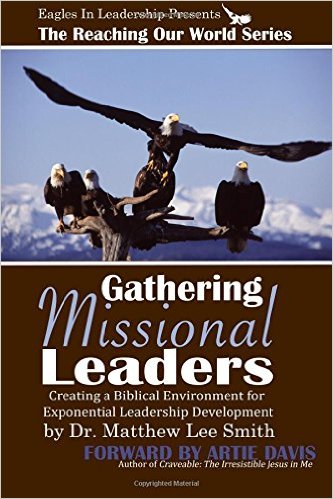Editor’s Note: We continue our series of blogs for those who are reading the Bible with us cover-to-cover this year. Interspersed with our thoughts on our daily reading, we want to provide some tips about reading the Bible in general. Today we want to acknowledge …
The Difficulty of Time Zones
Every traveler knows the difficulty of time zones. Your body clock struggles to catch its natural rhythm after having traveled a great distance. So too, when we journey through the Bible, we have difficulty catching up with its time. There are two major problems in our journey. The first problem is that of the time that has passed; the second problem is that of time that is covered.
Time Has Passed
In our journey through the Bible, we’re looking at the historical records of fellow travelers. Some of these travelers existed centuries, even millennia ago. Reading their accounts is like reading their diaries! Some wrote with the intention of making an historical record. Others simply lived their experiences, and later they were written down to explain events in the past. So when we come along a specific passage in the Bible, we struggle from not knowing all of the information the original writer experienced.
We will continue to provide simple tools (information guides) that will explain what is happening as we encounter the past. Some of this will be covered when we look at culture, some of this will be looked at when we deal with history. In all of our journeys, we will make the trip as clear and crisp as possible, without burdening you with unnecessary information and details.
Time Covered
Imagine taking a long trip. You leave your home in the summer, but you do not to return until the following spring. When you get home and develop your pictures you find that you cannot remember all the facts clearly. The reason for this simple: you saw too much over too much time.
The Bible claims to cover all of time. It begins in the book of Genesis with the creation of the universe, and it ends in the book of Revelation with the future culmination of history. This broad and vast amount of time, as we will see, can either be a difficulty or a benefit.
Just as in any trip, an itinerary is necessary. So too, in our journey with the Bible an itinerary is valuable. We will use the amount of time as a benefit. We will begin by examining our entire trip at a glance. Then, like our trip to Hawaii, we will break the journey into smaller pieces. For our trip to Hawaii, we used a day-by-day itinerary. For our trip through the Bible, we will use a period-by-period, and book-by-book itinerary which we will talk about from time-to-time.
The Difficulty of Languages
The experienced traveler understands that, when taking a trip outside of one’s country, very few people will speak their language. And even those who do speak their language will speak it poorly. When we come to our journey through the Bible, it is important that we understand the basic languages in use.
Old Testament – Hebrew
Much of the Old Testament is written in the Hebrew language. This is the language of the Jewish peoples. Hebrew is written from right to left and top to bottom on the page. The language contains no vowels, only consonants. As such, from time-to-time, words that are different in pronunciation are written identically on paper. It then becomes the work of the translator to look at that context of the passage to determine the exact word in use. Hebrew is a pictorial and poetic language.
Old Testament – Aramaic
A small portion of the Old Testament is written in the Aramaic language. Aramaic was the language spoken by the people known as the Aramaeans. There are a few portions of the Old Testament that contain this language in written form. The Assyrians used this language extensively. When the Assyrians conquered Israel and deported the royal families, among whom Daniel was a part, the language they spoke was Aramaic. Daniel wrote some portions of his book in Aramaic, formerly known as Chadean in the King James Version of the Bible.
New Testament – Greek
All of the New Testament is written in the Greek language. Upon the conquest of the Mediterranean basin by Alexander the Great, those countries that were conquered adopted the Greek language.
The Greek of the New Testament is the language which was commonly used in the Greek speaking world from the time of Alexander the Great to about A.D. 500. For this reason it is called koine or common Greek in distinction from the classical Greek of the world of letters. God’s written revelation of his Son was given in the language of the people. It was the logical medium for this revelation because it is the most expressive language known to man.[1]
The use of Greek in the New Testament makes this study very rewarding, as we will see when we study the New Testament.
It is our hope that this background information helps a bit as you read on in the Bible. We will continue this series with our next installment: “Isaac Continues the Next Generation” on Friday.
You can obtain more help from the FREE Bible reading schedule on our resource page. In His Image is a daily devotional that also follows our reading schedule and expresses the Biblical truth: “God Created You to Love You.” You can find this resource on the side bar of our website.
[1] Summers, Ray. Essentials of New Testament Greek. Nashville: Broadman Press. 1950. Vii.












